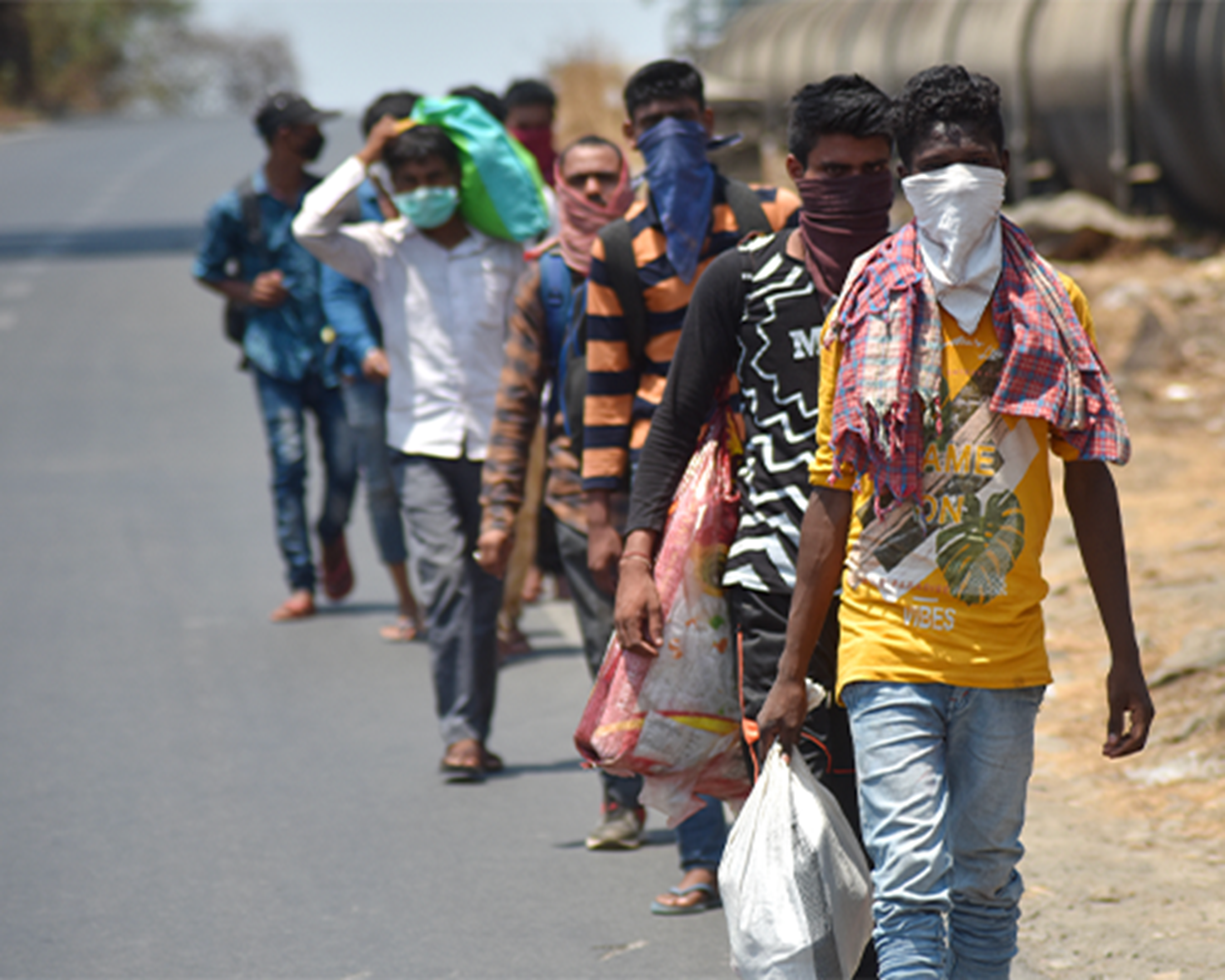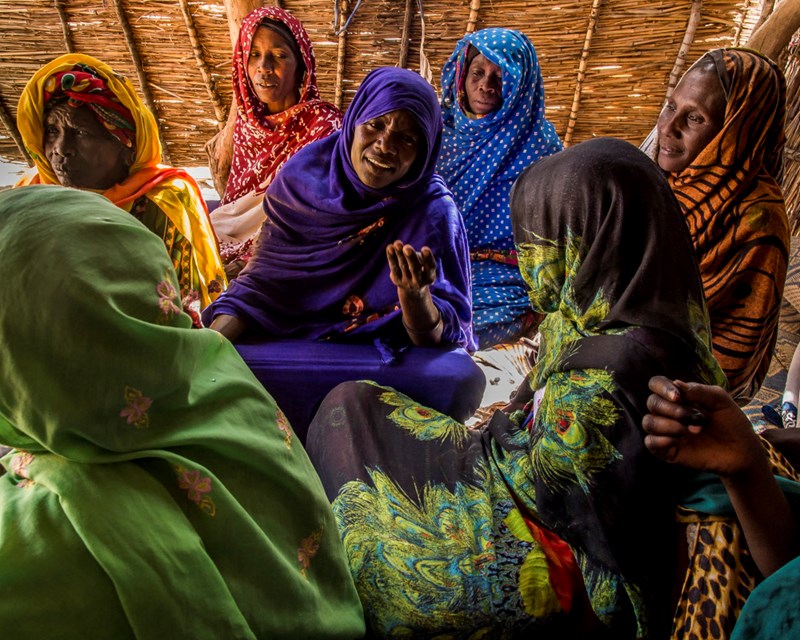During the first wave of Covid-19 last year, tens of thousands of desperate migrant workers deserted Indian cities to make the long journey back home on foot. They walked thousands of kilometres and exposed the deep fault line between industrial and rural India.
At the Aavishkaar Group, we felt helpless. As a pioneer of impact investing – an approach that taps into market forces to drive positive change – we could not think of a business model to feed the hungry in the shortest possible time that would also meet our capital allocation criteria. We had come face-to-face with the limitations of impact investing.
Our response was to launch the Aavishkaar Foundation to mobilise grant capital from the Aavishkar Group and provide immediate support to those in need. Working with a network of trusted community-focused organisations across the country, within three months of launch we had distributed a million food kits and supported frontline workers in seven government hospitals by providing them with protective equipment.
We were not alone. Across India, we witnessed an immense and inspiring response to the COVID-19 crisis, mounted by social entrepreneurs, local businesses, and philanthropic organisations alike.
This outpouring of humanitarianism reminded us that capital has a variety of important roles to play in meeting global development challenges. What could we change by channelling more global capital – both philanthropic and investment – to create sustainable local impact?
The term ‘impact investing’ was coined in the mid-2000s when the Rockefeller Foundation hosted multi-stakeholder conversations on how to use capital differently. It aims to challenge traditional capital allocation strategies by positioning impact investment alongside philanthropy to achieve sustainable outcomes.
Such a mission has never been more important. The world will need an estimated $2.5trn every year until 2030 to meet the UN’s Sustainable Development Goals (SDGs). This amount is huge compared to the total donor capital available, which we estimate at close to $250bn annually.
However, it is also less than 1 per cent of the nearly $400trn global capital pool held by banks, institutional investors and asset managers. If we are to have any chance of meeting the SDGs, impact investors must step up to inspire global mainstream investors to both ‘do good’ and ‘do well’.






